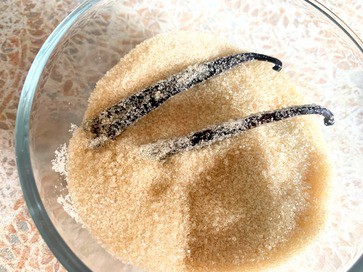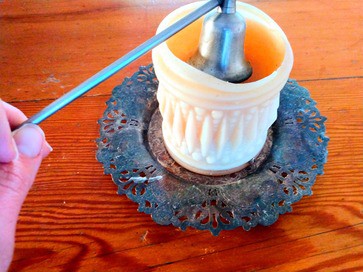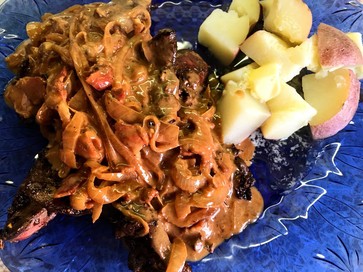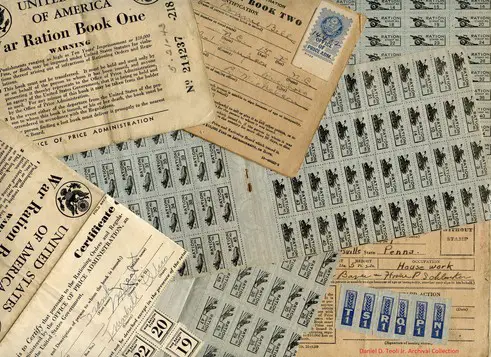Why It’s So Hard to Accept Help—and Why We Need to Try Anyway

When my youngest turned three, he’d been dreaming of his birthday party for months—chatting up anyone who would listen about the backyard celebration he was going to have. It wasn’t anything extravagant. Just a handful of busy kids running around. There was a piñata, a homemade layer cake, snacks, and a simple macaroni-and-cheese lunch. Still, I was drained.
The next weekend, my oldest turned six. Another party. More cleanup. Less rest.
As much as I love celebrating milestones and hosting people, I tend to carry the weight of the world on my shoulders. I have a hard time asking for help. Am I alone in this?
…





